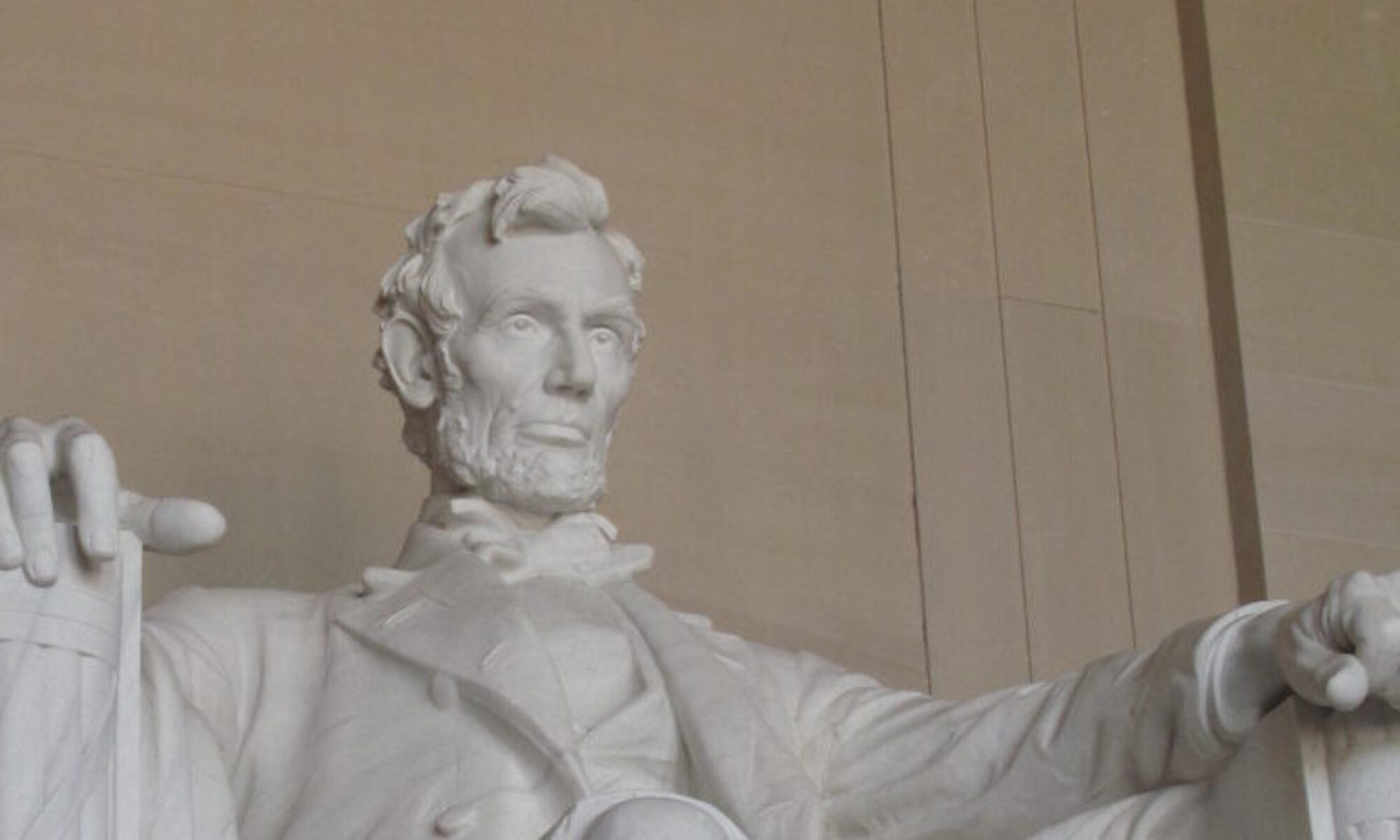A person born in 1935 would proudly be celebrating his or her 76th birthday this year and would be the first to admit a lot has changed since 1935. As much as it is fun to reminisce and have fondness for the earlier, simpler times, the distant year holds memories for very few alive today. Most of the world of 1935 would be recognizable today but no one would want to rely on the best ideas of that year. An icebox required – ice – to keep things cool. You could fly in an airplane, but no one except that crazy Lindbergh would really consider taking one across the Atlantic. A boat like the S.S. Normandie,  France’s beautiful ship of passage was so much safer, and could cover the distance at an average 30 knots and in a mere 4.5 days. Then there was the gorgeous 1935 Buick pictured above. This magnificent car had a spectacular 8 cylinder engine that could produce 93 horsepower and navigate from 10 to 60 miles per hour in only 21 seconds. Yours for the absolute fortune of 935 dollars. The number 1 Hollywood star was a little girl, Shirley Temple.
France’s beautiful ship of passage was so much safer, and could cover the distance at an average 30 knots and in a mere 4.5 days. Then there was the gorgeous 1935 Buick pictured above. This magnificent car had a spectacular 8 cylinder engine that could produce 93 horsepower and navigate from 10 to 60 miles per hour in only 21 seconds. Yours for the absolute fortune of 935 dollars. The number 1 Hollywood star was a little girl, Shirley Temple.  The world was at peace, though it did not know in one year, the turmoil in Spain would premise a dark age indeed.
The world was at peace, though it did not know in one year, the turmoil in Spain would premise a dark age indeed.
Not everything was rosy. Infectious disease was devastating without antibiotics. Most of the United States was rural and wanted for essentials like available water or electricity, much less easy food or work. The Crash of 1929 had deepened into a world wide depression, and a quarter of the population of the United States was chronically unemployed. The average family income if you had work in 1935 was 474 dollars a year. The average lifespan for a female 64 years, the male 59, in the high 40’s if you were African American.
It was time for a great idea to protect the aged and infirm, the poor and the dispossessed. 1935 brought the culmination of the New Deal, the Social Security Act.
Like the beautiful Buick of 1935, it was built for an earlier time, initiating a pay as you go fund to protect against old age poverty, once you reached the rare heights of 65 years of age. The pittance of healthy aged that could make it to that olympus of birthdays did not worry where the money came from as there were many workers investing in the system for every retiree that would draw from it. The economics of the Act were positioned for the 1950s , when the vast assembly of workers fashioned surpluses into the fund that seemed to go as far as the eye could see. And so the act was expanded to take on groups that weren’t retirees, and eventually in 1965, health care considerations in the Medicare and Medicaid programs.
Then the economics of the Act began to get murky. By 1980, the average lifespan had arisen to 74, and the number of workers to the number of retirees plummeted. The adjustments were made to the cash flow by demanding higher tax contributions from both worker and employee, and still the economics staggered. By 2007 the average female lived to 81, the male to 76. The amounts paid out for this lifespan could not hope to be funded from the individual’s contributions, and the term unfunded liability became an ominous new catchphrase. Added to the inevitable mathematics of long life, the number of workers for the number of retirees plummeted, and the gross domestic product of the United States, so long in upward path, began to flatten.
Now we are told that the inevitable day when the funds coming in to Social Security will be exceeded by those going out, may come as soon as 2024, and Medicare Medicaid even sooner. Added to the stress is the average house hold income of 2007 -38,600 dollars, overwhelming any expected return from Social Security maximized in the mid twenties, placing substantial life quality contractures on the retiree who relied on Social Security alone.
We have faced for sometime the inevitable collapse of a system designed for a 1935 life and a 1935 world. Despite the spectacular changes in the past 76 years, we refuse to admit the law passed to provide security to a small minority for a long ago environment should continue without adjustment or modernization for the role we demand of it today. We have changed the laws of the country to reflect our maturity in civil rights and equality for all. We have changed our laws to prevent a President from serving over two terms and establishing a hegemony. We have changed our laws to reflect the ability to travel cross country or trans ocean in the time it used to take in 1935 to cross town. But we are stuck with the myth that the Social Security Act of 1935 put forth an eternal truth and a singular means of providing personal security.
Nice as it is to reminisce, we really can’t afford to live in 1935 much longer. Today’s elected official fears the very thought of exposing the myth, but is progressively fearful of being responsible for the coming collapse. The smart ones like Paul Ryan who are searching for a way out of the trap deserve our support. Hopefully a country where 1935 is a distant memory now for the very, very few, can stop pretending that we were all there at the conception.

